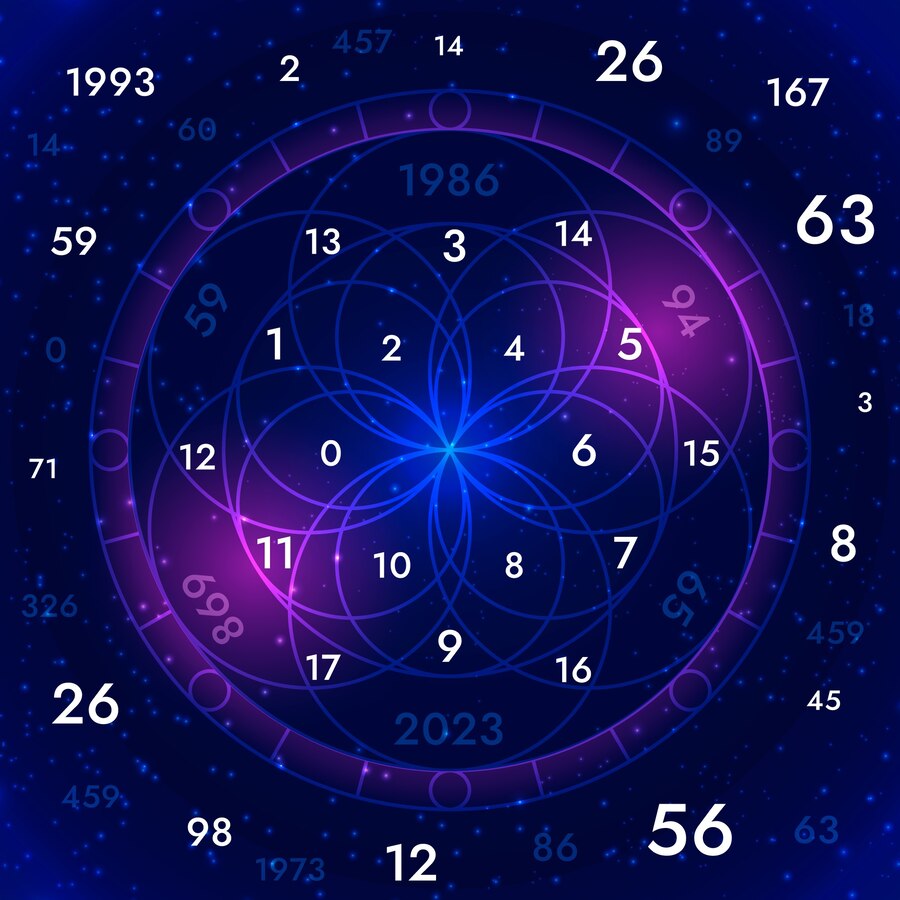Exploring Relationship Astrology: Understanding Connections Through the Stars
Relationship astrology is a specialized branch of astrology focused on exploring the dynamics, compatibility, and potential challenges within relationships—whether romantic, familial, platonic, or professional. It goes beyond individual birth chart analysis to examine how two people energetically interact and influence one another.
At the heart of this field lies the belief that just as an individual’s natal chart maps their personality and life journey, the interplay between two charts can reveal the nature, strength, and purpose of their connection. While commonly used to assess romantic compatibility, relationship astrology is equally insightful for friendships, family ties, and business partnerships.
Core Techniques in Relationship Astrology
1. Synastry (Comparing Two Charts)
How it works:
Synastry involves placing one person’s birth chart over another’s and studying the aspects—the angles between planets—to understand how their energies interact. For instance, a harmonious aspect between one person’s Venus (love) and another’s Moon (emotion) may indicate natural emotional rapport. In contrast, tense aspects like squares or oppositions may point to friction or areas requiring conscious effort.
What synastry reveals:
- Compatibility: Where mutual understanding flows easily.
- Attraction: The nature of romantic or personal chemistry.
- Communication: How thoughts and ideas are exchanged.
- Emotional Harmony: How needs are met (or missed).
- Challenges: Potential triggers for conflict or misalignment.
- Growth Potential: Areas where the relationship encourages personal development.
2. Composite Chart (The Relationship as an Entity)
How it works:
A composite chart is a single chart created from the midpoints of each planet and angle in two individual charts. Rather than focusing on two people individually, it represents the relationship itself as a unique, living entity.
What a composite chart shows:
- The relationship’s "personality": How it feels and expresses itself.
- Purpose and direction: What the partnership is meant to achieve together.
- Shared strengths and obstacles: Collective challenges and assets.
- Thematic journey: The evolving story and life cycle of the relationship.
Key Astrological Factors in Relationship Analysis
- Sun Signs: Overall personality alignment and worldview.
- Moon Signs: Emotional resonance and nurturing styles.
- Ascendant (Rising Sign): First impressions and how each person is seen.
- Venus: Love language, affection, and relationship values.
- Mars: Passion, motivation, and how conflict is approached.
- Mercury: Communication patterns and intellectual synergy.
- Jupiter: Expansion, joy, and opportunities for shared growth.
- Saturn: Stability, responsibilities, karmic lessons, and longevity.
- Rahu & Ketu (Lunar Nodes): Past life ties, karmic lessons, and spiritual growth.
- 7th House (House of Partnerships): Marriage, serious commitment, and long-term unions.
- House Overlays: Where one person’s planets fall in another’s chart, showing how they influence specific life areas (e.g., Venus in your 10th house might enhance career support or public image).
Practical Applications of Relationship Astrology
- Matchmaking & Compatibility (Kundali Matching in Vedic Astrology): Widely practiced in India, this method helps assess marital harmony by comparing charts.
- Understanding Current Relationships: Offers insight into dynamics, resolving conflicts, and fostering deeper connection.
- Self-Discovery in Love: Helps individuals recognize their relational patterns and emotional needs.
- Managing Relationship Challenges: Identifies potential trouble spots and suggests paths to harmony through awareness and alignment.
While astrology cannot dictate destiny or guarantee perfect relationships, it provides a powerful lens to understand the energetic patterns between individuals. By highlighting strengths, sensitivities, and growth opportunities, relationship astrology empowers people to create more mindful, compassionate, and balanced connections.
